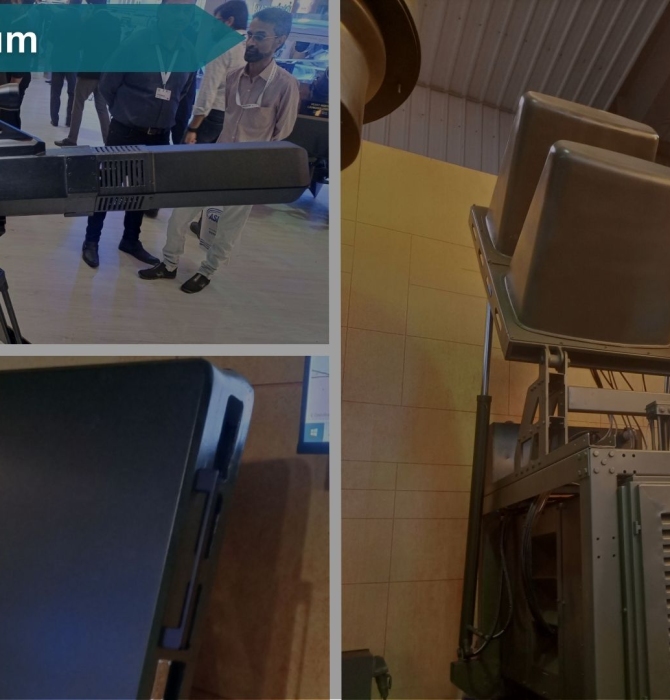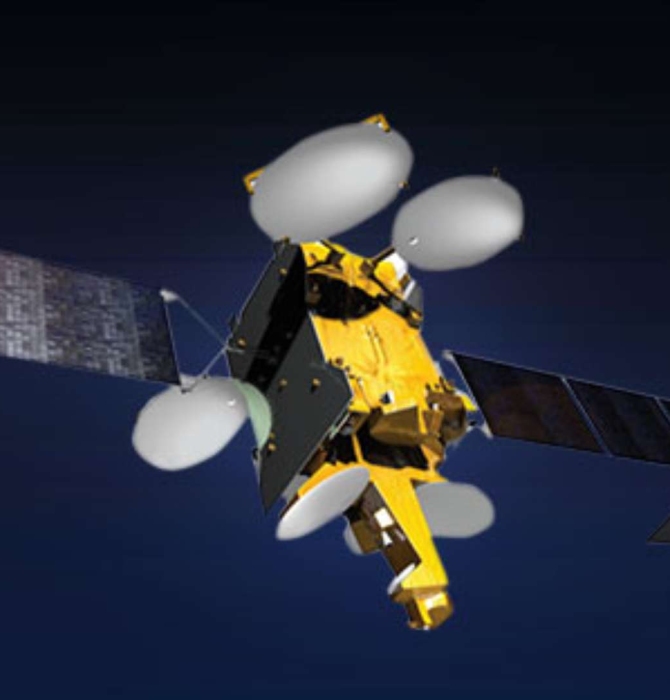11641Views

2025 India-Pakistan Conflict: High-Level Notes Quwa Premium
From 07 to 10 May 2025, Pakistan and India fought a brief – but intense – military conflict. After about four days of fighting, the conflict was stopped through an American-mediated ceasefire, announced by President Donald Trump on 10 May.
In the course of the short conflict, the world witnessed a long list of important warfare shifts: a large-scale air battle between multirole fighters, heavy use of drones and loitering munitions, the deployment of supersonic to near-hypersonic ballistic and cruise missiles, and even a declaration of cyberwarfare on infrastructure.
Overall, the 2025 Indo-Pak Conflict offered a prelude to the next generation of conventional warfare between major states, i.e., a conflict where well-equipped, well-integrated militaries employed full system-of-systems against each other.
Quwa will explore how Pakistan’s prior procurement and planning had fared in the conflict, and the potential outcome this conflict could have on Pakistan’s future procurement and development programs through a series of articles and other content pieces.
As a starting point, this article will examine a few key observations at a high level – these will be unpacked in greater detail in future content in the coming weeks and months.
Key Shifts in the 2025 Indo-Pak Conflict
Did China Finally Earn Its ‘Combat Proven’ Badge?
From the first day of hostilities, one of the headlining stories was the apparent success the PAF had in deploying its Chinese-built aircraft, notably the J-10CE ‘Dragon’ and the JF-17C Thunder Block-3, the latter being jointly produced by the Pakistan Aeronautical Complex (PAC) and Aviation Industry Corporation of China (AVIC)
The crux of this was the PAF claiming it shot down as many as three Indian Air Force (IAF) Dassault Rafale fighters, which India ordered from France in 2016 and began inducting in the summer of 2020. The IAF acquired a total of 36 Rafales, with the Indian Navy (IN) recently finalizing a deal for 26 Rafale Ms.
It is still not certain if the IAF lost a Rafale, but reports from CNN and Reuters quoting French and U.S. security officials about at least one being lost does raise the probability.
Moreover, there are also reports from within India and third-party news media (quoting Indian officials) about at least three aircraft crashing in Indian territory, and, until this point, none of those have been identified as Pakistani.
Thus, with some degree of probability (but not with certainty), it seems that the PAF’s Chinese aircraft successfully shot down at least three or four IAF aircraft of French and Russian origin. Likewise, there are no verifiable reports of Chinese-origin aircraft being shot down.
If the PAF genuinely believes it downed multiple IAF aircraft (especially Rafales), then from its standpoint, Chinese-origin aircraft more than meet its requirements, both on paper and in the air in real-world combat. Thus, the PAF will procure additional Chinese aircraft; however, what these will be would depend on how Air Headquarters (AHQ) revises its requirements following the PAF’s air combat operations against India.
End of excerpt (491/1,474 words).
Existing Quwa Premium members can log in below
Note: Logged in members may need to refresh the article page to see the article.


